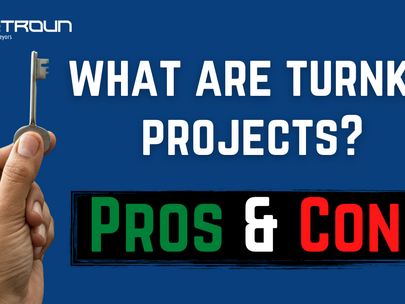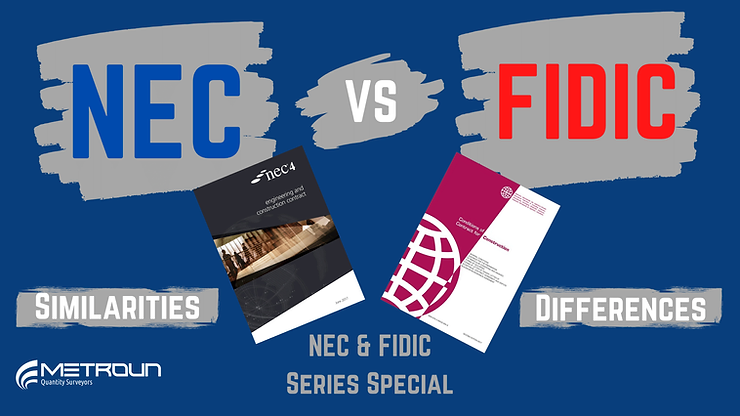Quantity Surveyor vs Civil Engineer I Which Construction Profession Should You Peruse?

If you already work in construction, you might have noticed that some of the more Senior Quantity Surveyors started off
What Is Project Cash Flow In Construction?

One of the most common reasons companies go out of business is because they simply run out of cash. Construction
Construction Cash Flow Forecast

As stated by the Royal Institution of Chartered Surveyors, “Cash flow is the lifeblood of the construction industry and relates
What are Turnkey Projects?

A Turnkey project is the name given to a delivery method where a single contractor works with the client under
Is it time to include Fluctuation Provisions in your JCT Contracts?

The BBC and other news outlets have been coming out with some scary stories recently in relation to the ever
NEC vs FIDIC | Similarities and Differences

Two of the most commonly used international construction contracts are NEC and FIDIC. In this article we are going to
Top 4 Construction Procurement Routes Compared

A choice every employer will have to make when considering a construction project is what procurement route to choose. If
NEC4 Defect Management Explained

What happens when the client discovers a defect on your project? It might not be something you’ve thought about before.
Good Vs Bad Graduate Quantity Surveyor Jobs

If you’re reading this post, you’re probably one of two people. Either you’re a loyal Metroun subscriber who reads every
What Is Project Cash Flow In Construction?

One of the most common reasons companies go out of business is because they simply run out of cash. Construction


